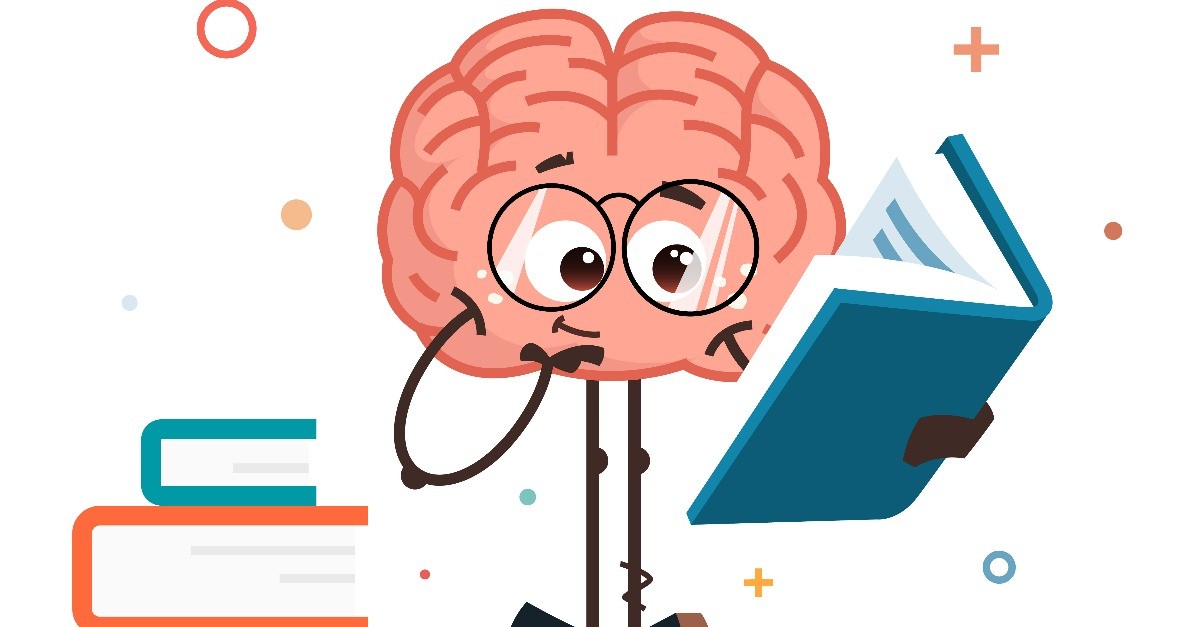Teaching is flexible and tailored to each child’s needs. Tutors constantly assess your child’s progress by observing how they read, write, and respond, allowing lessons to adapt and address specific challenges. Each session builds on what was taught before, ensuring your child moves forward with both confidence and precision. This approach ensures that problem areas are addressed while reinforcing progress made in earlier lessons.
The Orton-Gillingham Method
- Home
- The Orton-Gillingham Method

THE METHODOLGY
What is Orton-Gillingham?
Orton-Gillingham is the gold standard for teaching phonics, spelling, and reading to struggling learners, including those with dyslexia. This evidence-based approach is grounded in the Science of Reading, which combines decades of research on how the brain learns to read.
Orton-Gillingham focuses on teaching the foundational building blocks of language in a way that is direct, explicit, and tailored to each child’s unique learning needs. By engaging multiple senses—visual, auditory, and kinesthetic—it helps reinforce concepts and ensures deeper understanding and retention.
For children who find reading and spelling particularly challenging, this method provides the individualized support and proven strategies to help them thrive.
CORE PRINCIPLES
The O.G. Approach
-
Diagnostic and Prescriptive
-
Individualized
Every child learns differently, and lessons are customized to match your child’s unique learning style, background, and interests. Whether your child needs extra help with certain skills or benefits from specific teaching techniques, the program adjusts to meet them where they are.
-
Language-Based and Alphabetic/Phonetic
This method focuses on the rules and structure of the English language, starting with basic sounds and how they connect to letters. Lessons progress step-by-step, helping your child understand how words are built and how to read, spell, and write more complex text over time.
-
Simultaneous Multisensory
Learning happens through sight, sound, and movement all at once. By engaging these three senses together, your child can better understand and remember concepts. For example, they may say a sound, write it, and see it all at the same time, which strengthens their learning.
PROVEN METHODS
Proven Results
-
Direct and Explicit
Nothing is left to guesswork. Concepts are clearly explained, demonstrated, and practiced until your child masters them. Starting with guided practice and gradually moving toward independent learning helps your child feel confident and capable.
-
Structured, Sequential, and Cumulative (but Flexible)
Lessons follow a logical order, beginning with simple skills and building toward more complex ones. Each new concept reinforces and reviews what has already been learned. While the approach is structured, it also adapts to your child’s pace and needs, ensuring steady and manageable progress.
-
Synthetic and Analytic
This approach helps your child both break down words into smaller parts (like sounds and syllables) and put them back together to make sense of words. For example, they’ll learn to blend sounds to read a word and break it into parts to spell it, giving them a full understanding of how language works.
-
Cognitive
Your child is taught to think critically about what they’re learning, why it’s important, and how to apply it. Instead of just memorizing facts, they develop problem-solving skills that help them approach reading and spelling with confidence and understanding.
-
Emotionally Sound
Learning is designed to be encouraging and positive, with regular moments of success to build your child’s self-esteem. By celebrating progress and breaking tasks into manageable steps, the process reduces frustration and fosters trust and motivation.
